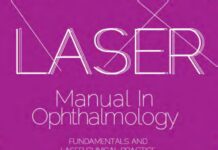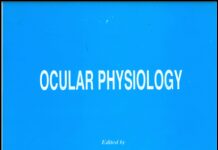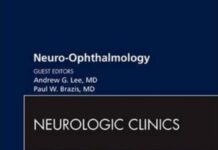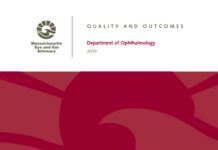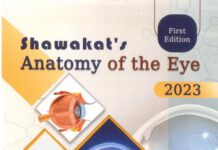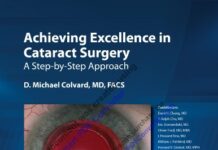Ebook Info
- Published: 2007
- Number of pages: 142
- Format: PDF
- File Size: 2,33 MB
- Authors: Gary N. Foulks, MD, FACS
Description
This issue of The Ocular Surface is very unusual. As the official report of the Dry Eye Work- Shop (DEWS), it is an encyclopedic review of dry eye disease and, additionally, a guide to resources archived on the internet. It is the product of a team of international experts who have labored over 3 years to compile an evidence-based review of the present state of knowledge for dry eye disease and the methods used to evaluate, diagnose, and manage the disorder. It summarizes the findings of current research and identifies future needs for a better understanding of the etiology, pathogenesis, and potential therapy of the disease. The process of deliberation and discussion that underpins this arduous endeavor is described in the “Introduction” and in various chapters of the volume. Suffice it to say that an international community of clinicians and scientists with expertise in all aspects of dry eye disease collaborated to search the literature, collect and validate data, and incorporate it into reports. The process of commentary and adjudication of differing opinions was open, yet subject to several levels of validation. The product is a written document that serves as a guide to a vast amount of information that is archived both in this special issue and on a supporting website (www.tearfilm.org) that is accessible to all. The chapter on Definition and Classification expands the characterization of dry eye disease and places it within the perspective of ocular surface disease. The chapter on Epidemiology provides commentary on the implications of the disease, as well as comparison of the methods available to evaluate symptoms and factors contributory to the disease. The Diagnostic Methodologies chapter not only provides valuable discussion of the parameters of dry eye disease, but also catalogs and validates a vast collection of clinical and research methods, including questionnaires, to monitor the disease. The Research chapter summarizes past and present findings, and identifies areas whose further study will contribute to the understanding of the etiopathogenesis and consequences of dry eye disease. The chapter on Clinical Trials provides recommendations with regard to both general and specific guidelines for clinical trials in dry eye disease and identifies the idiosyncrasies and confounding outcome variables for such trials. The chapter on Management and Therapy catalogs the options for therapy and recommends a contemporary strategy for management of dry eye disease. As would be expected for a multifactorial disease that has many nuances in clinical and patho- logical expression, opinions differ even amongst the experts as to the most appropriate way to char- acterize and label some aspects of the disease. This proved true for the definition and classification of the disease. Some key concepts in the appreciation of dry eye were identified from the literature. One such concept was the characterization of the Lacrimal Functional Unit, 1 which has highlighted the interdependence of components of the lacrimal system in maintaining the integrity of the ocular surface. Some new concepts were constructed in the deliberation process of the Subcommittee work, including a concept suggested by Dr. Christophe Baudoin—a Vicious Circle of dry eye disease, by which various risk factors may interact to precipitate and perpetuate the condition.2 The concept of the Ocular Surface System, developed by the Research Subcommittee, extends the scope of the ocular surface to a collection of contiguous tissues that share embryonal, innervational, histological, and hormonal background.
Reviews
Free Download
